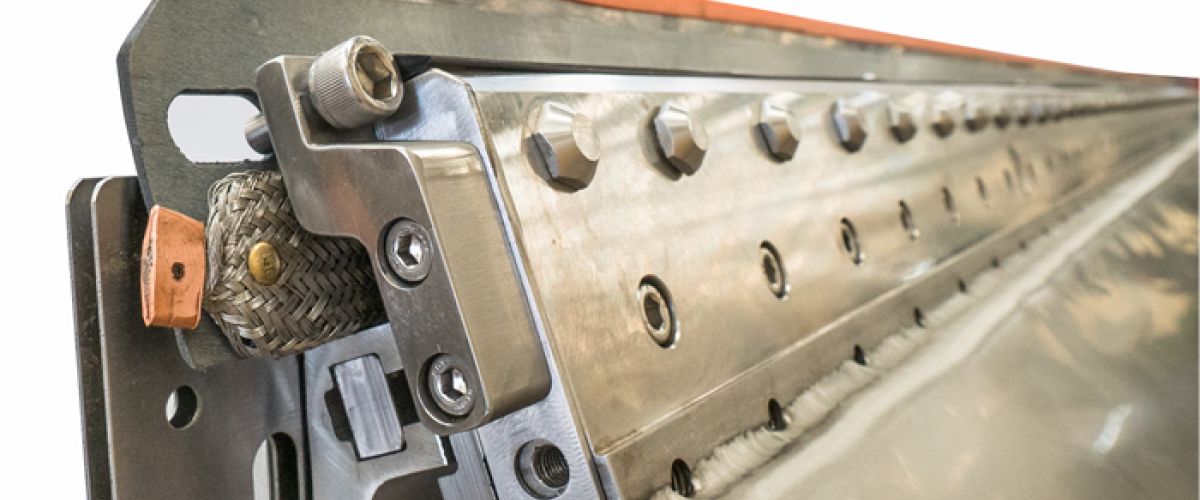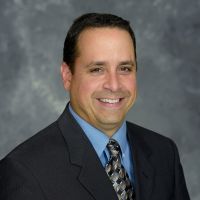
Doctoring Edge Control Technologies in Tissue Manufacturing
Tissuemakers operating a Yankeedryer that produces tissue products or machine-glazed lightweight sheet deal with edge build-up and wear. The pulp and paper industry does a good job of tuning manufacturing systems to make a high-quality sheet; however, this tuning can lead to disappointing results in areas outside of the sheet. Unfortunately, edge problems are common in the tissue industry and many mills have opted to metalize the Yankee outside the sheet to solve the problem of excessive wear. Other mills have installed sophisticated showeringsystems to control the edges while some mills choose to do the best they can with their current doctoring technology. The penalty for not effectively cleaning these edges can be significant. Most chatter marks on the Yankee surface start with issues at the edges and migrate across the Yankee face.
The Yankee dryer crown has a sharper curve on the edges, and the doctoring system needs to conform to this region. As the internal pressure increases, the Yankee edges move away from the doctor blade and the ability to keep these areas clean is diminished. Over the years, Kadant Solutions has incorporated different technologies into its holders to remedy this problem.
A scenario in many tissue mills is a doctor that is in constant use with edge finger maintenance sometimes being neglected. If the Yankee doctor is running with no operational issues, this might be fine. If changes need to be made to the doctoring on the edge the situation gets more complicated. The hardened coating prevents access to the adjusting bolts and prohibits the fingers from freely rotating.
If the edge fingers look like a freshly rebuilt system, the Yankee can be tuned and production will continue uninterrupted. To achieve this performance, the edge fingers require regular maintenance. The screw heads need consistent cleaning, properly installed shield material to keep debris out, and the individual fingers must be able to move freely.
Lack of knowledge or expertise in the proper installation is another possible drawback to individual fingers. The fingers are meant to be adjusted on-the-go and can provide a very fine level of control. Improper installation can point the load in one area digging into the Yankee causing chatter marks at the edges. Conversely, the fingers can leave the blade unsupported which can lead to vibration and chatter.
The second generation of doctor edge control tried to reduce the necessary finger maintenance and eliminate point loading and loose fingers behind the blade. This design was created to address this shortcoming of the individual finger design. The second-generation design replaces an entire group of individual fingers reducing the amount of cleaning involved. The most important design improvement is the upgrade of the loading mechanism. Each screw is covered with a cap during operation so they remain clean. The profile plate that contacts the doctor backing blade is also designed to push or pull. In the past, edge fingers were set by pushing against the backing blade. The new mechanism sets the pressure by pushing on one screw and pulling on the one next to it to achieve a more complex curve. The slow loosening of the screws over time is restricted. These improvements have made tuning the doctor to the Yankee edges much easier.
The latest enhancement in doctor edge control can be found in the Conformatic™ AL creping blade holder. It is designed for ease of service, cleaning, and profiling. The Conformatic AL creping blade holder is easy to clean and shields materials from penetrating the adjustment mechanisms. It also incorporates the push-pull design of the second-generation system eliminating the need for edge fingers. These features help a properly tuned doctor maintain its shape for a longer period. The new design is made from components that can be easily profiled to the Yankee contour. Tissuemakers now have choices when dealing with Yankee edge build-up.
Related Articles
Tagged with
Author
Share
Let’s Connect
Connect with Kadant Solutions Division on LinkedIn to learn more about our employees, products, and services.
